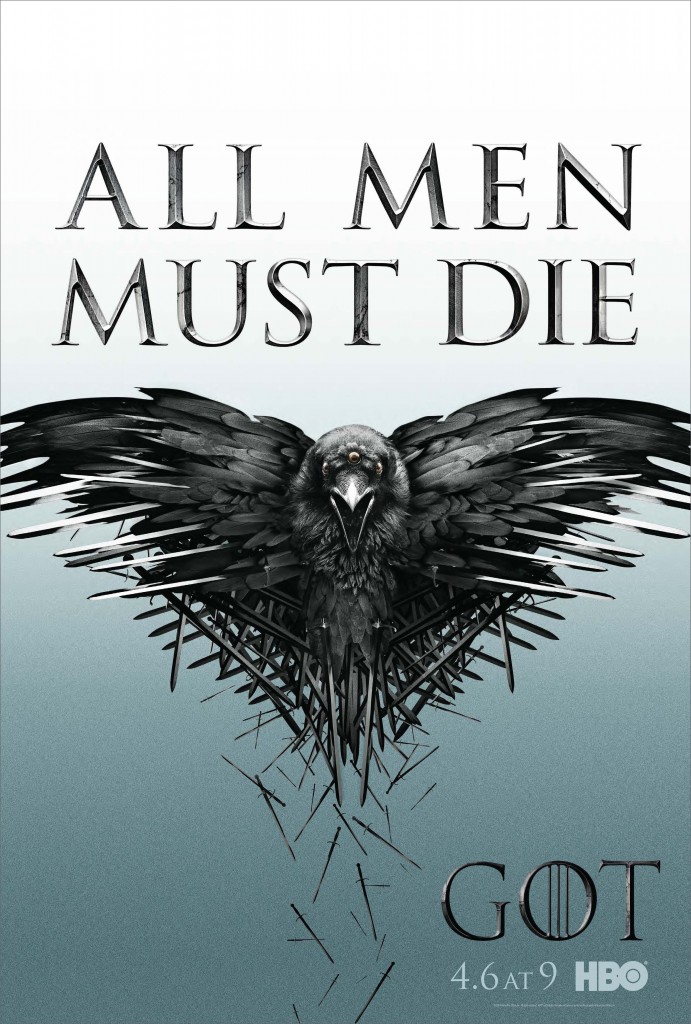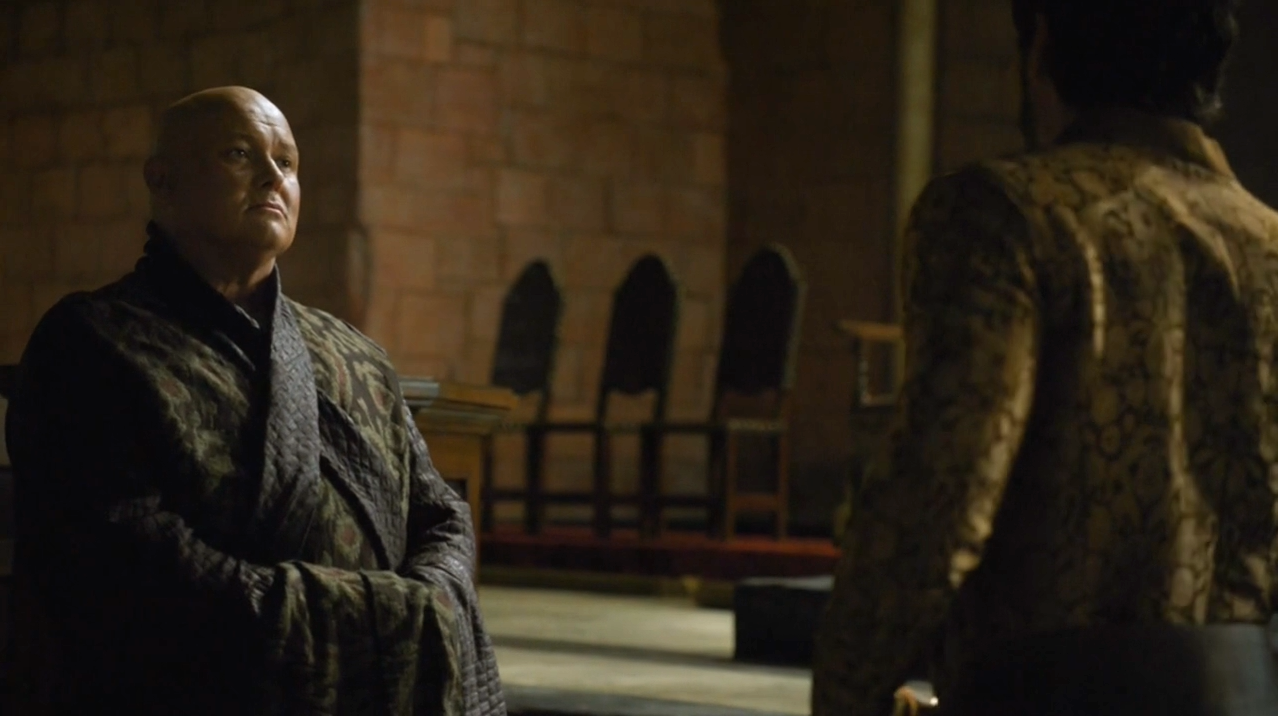HBO’s LGBT History: Game of Thrones (2011-)
 Wednesday, April 20, 2016 at 9:00PM
Wednesday, April 20, 2016 at 9:00PM Manuel is working his way through all the LGBT-themed HBO productions.
 Last week we looked at the legacy of Larry Kramer via the rather hagiographic doc Larry Kramer in Love and Anger. And from the LGBT frontlines to the land of Westeros, we pause this week to talk about Game of Thrones which returns later this weekend. There’s obviously plenty to discuss in the George R.R. Martin fantasy series since sex and sexuality (not to mention its contiguity with violence) has been so central to debates surrounding the show. So I’m opting to focus instead on a minor character to single out perhaps the most underrepresented group of sexual minorities: asexuals.
Last week we looked at the legacy of Larry Kramer via the rather hagiographic doc Larry Kramer in Love and Anger. And from the LGBT frontlines to the land of Westeros, we pause this week to talk about Game of Thrones which returns later this weekend. There’s obviously plenty to discuss in the George R.R. Martin fantasy series since sex and sexuality (not to mention its contiguity with violence) has been so central to debates surrounding the show. So I’m opting to focus instead on a minor character to single out perhaps the most underrepresented group of sexual minorities: asexuals.
When I taught gender and sexuality to college students, one of the things I’d often get asked when dealing with the ever-growing LGBT acronym was to explain all the letters. L, G, B, and T have always been pretty easy to identify (Lesbian, Gay, Bisexual, Trans* and/or any of its variations, including Two-Spirited). It was once we went beyond those that you’d end up really understanding the way such an umbrella acronym encompassed plenty of identities. Q, for example, could stand for “Queer” or “Questioning”; I stands for Intersex while some people would point out that * is necessary given that some people in the community refuse any sort of label (you can read the Wikipedia article on the acronym to see what else often gets lumped in!). A for many stands for “Ally,” a curious category since it seems less a sexual identity than the rest; often I pushed students to also consider A as standing for “Asexual.”

Whether asexuals, who have grown increasingly vocal (if not quite visible) within the mainstream in the past few decades, belong within this broad umbrella group is a discussion in itself, but since we’re exploring the way HBO has tackled various sexual identities, I figured we’d look at the most overt attempt by the network to take on the issue of asexuality. And so we come to Varys (Conleth Hill) on Game of Thrones.


